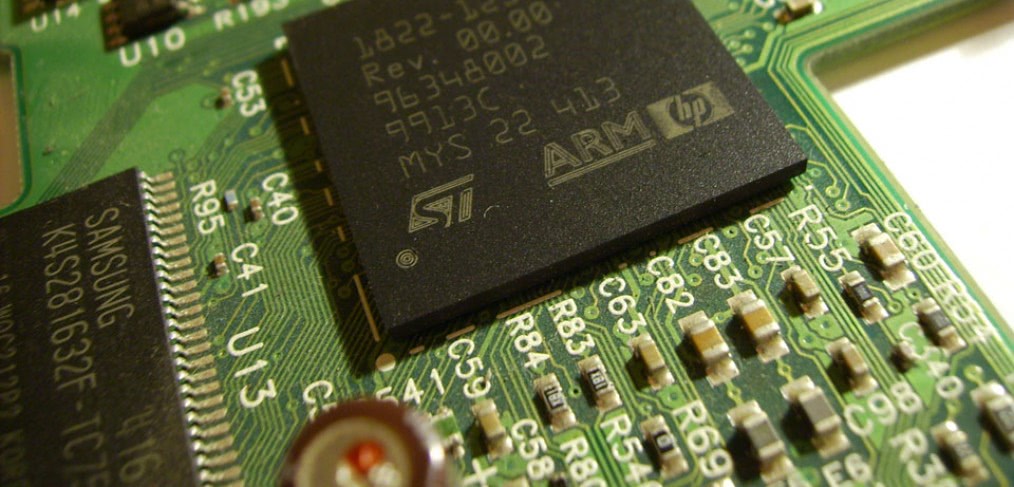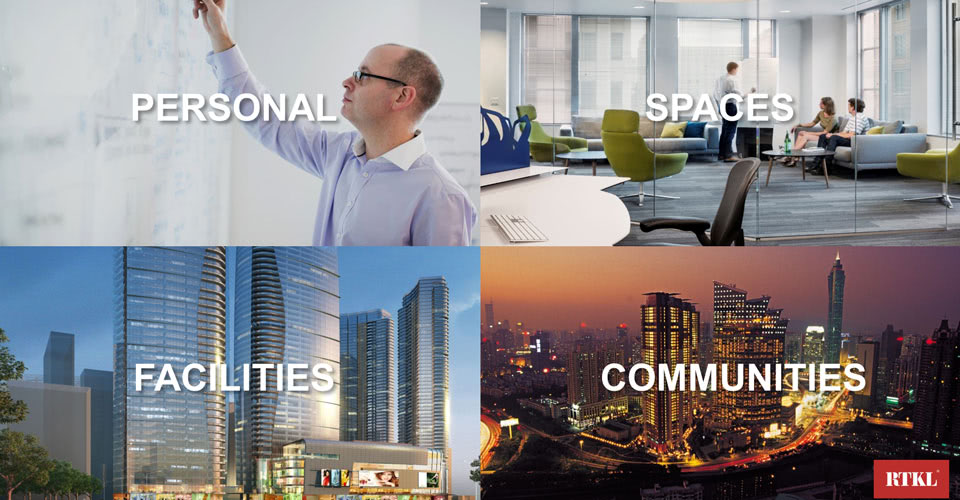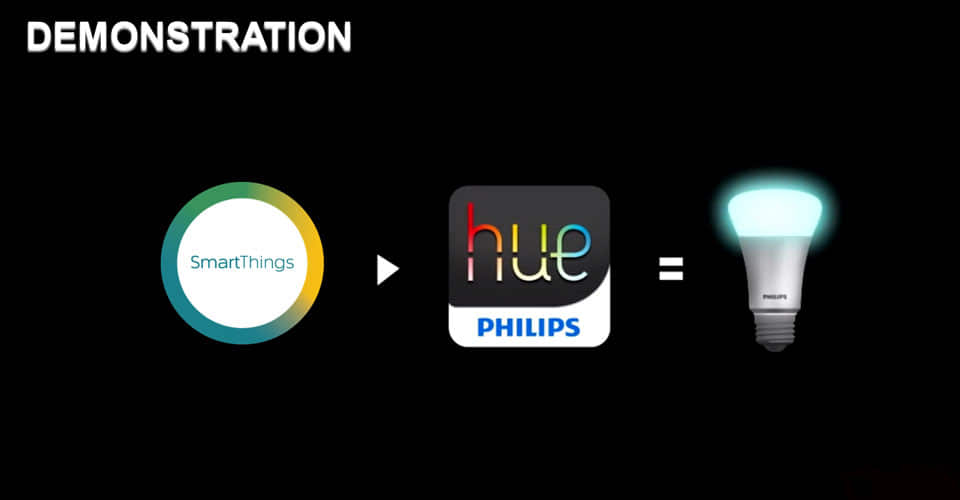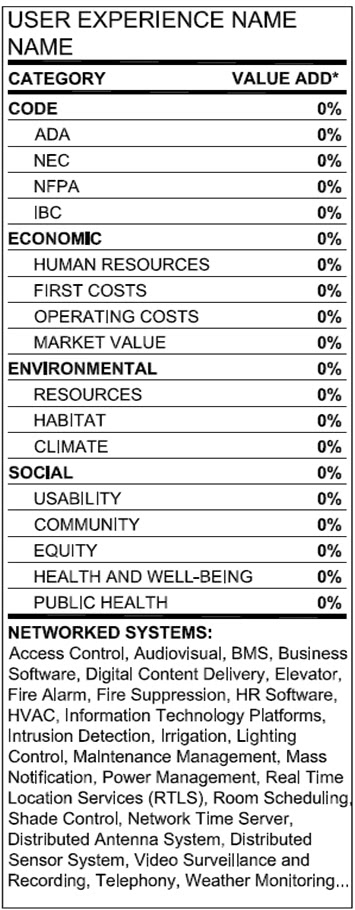
Internet of Everything: World of IoE Design (Part 3)
One year ago, I attended the 2013 Design Conference in London as an attendee not having any idea what to expect. My strongest memories and most lasting take-aways were the interesting presentations given by last year’s Kagan researchers. This year, as both an attendee and a presenter, it was exhilarating to think that I’d be a part of that experience for my fellow Design Conference attendees. The theme of connectivity felt perfectly tailored to our research on the Internet of Everything (IoE). However, as our research is still very much ongoing, Ernie and I spent a lot of time trying to figure out how to organize and distill the wildly diverse information we are actively pulling in.
As we continue to dive further into the ideas behind the Internet of Everything (IoE), a few core concepts have begun to emerge, and it was these core ideas we wanted to convey during the Design Conference experience. Simply put, the IoE is the idea of connecting places, things and people to the internet. We realized that the guiding principle for RTKL in looking at IoE should be that connectivity produces better experiences. We presented a few case studies on improving experience by connecting people, spaces, facilities, and communities with a concluding demonstration designed to allow the attendees to experience the IoE with their own senses.
The experience of setting up our presentation and the collaborative nature of it was a lesson for us and for the other attendees. Since our presentation and demonstration relied so heavily on networked hardware and services, we had the unenviable experience of trying to make things work on the first try in an unfamiliar environment. For us, it was a nail-biting experience getting everything connected and configured at the last minute, but also validating that we were able to pull it off with just our experience and a facilities technician at the site all in under 30 minutes. This told us that these kind of technologies, in the context of professional designers, experienced contractors, and expert integrators are absolutely deployable today.
In addition to the connected systems, we also demonstrated an example of what is coming to be called an “enchanted object,” one that performs its basic function but leverages connectivity to offer additional capabilities as well. In our example, we had attendees use a pen and paper to write a trait they associate with a good user experience and then at the end of the conference we put all of their notes up on the screen in their own handwriting without any scanning or photographing. This was accomplished using the latest pen from Livescribe that allows writing or sketching to be digitized while it is occurring and synchronized to a mobile device in real time. It is “enchanted” because it still functions as an ink pen on paper but uses Bluetooth to offer this greatly expanded functionality.
One element that came up repeatedly was how personal and immediate the experiences created with IoE could be. This seemed to stem from one specific piece of our demo that centered around a service called If This Then That, IFTTT, pronounced like “gift” without the “G”. This is a free service that allows anyone to create custom experiences, referred to as recipes, by connecting many services and products they already use. When creative people learn about this, you can almost hear the gears turning as they imagine recipes that combine social media, personal communication, and even physical objects to deliver improved experiences. We selected this service as part of our demo specifically because it is not a commercial or industrial grade product. It is a consumer grade option that offers immediate access and zero cost of entry to truly experience the power IoE has to shape user experiences.
While our entire focus leading up to the Design Conference had been on preparing a solid message and demonstrations to help the attendees experience the IoE with their own eyes and ears, what we hadn’t anticipated was the interaction, sharing, and learning that would happen outside the presentation time. These chance conversations were of the most value to me personally. As we transitioned between inspiring locations or shared meals at tables of amazing food, people had a chance to ask us questions and we had a chance to talk to the points on which they personally were inspired, concerned, or confused. It was during one of these moments when I learned just how much impact the IFTT portion of the demonstration had on a number of the attendees. It was these moments where barriers were down and everyone was honest and curious that we got a chance to help the message sink in and received the most invaluable feedback.
In addition to the feedback from the attendees, this was an opportunity to hear more fully articulated presentations from the other Kagan researchers. It was enlightening to see how the theme of connectivity was being interpreted by each researcher. Specifically, the social media metrics project by Clay Starr and the GIS Transit work by Le An were invaluable to hear. It is encouraging to hear about their findings on their own merit, but it also felt like each slide endorsed this core concept that now, more than ever before, connectivity produces better experiences.
As we move forward, we’re excited to do so knowing that people truly respond when they get to experience, first hand, the power IoE has to shape designs and create dynamic experiences. We feel a sense of validation and a new motivation to research the best ways for RTKL to embrace these principles. We see this as a way of highlighting what we as a creative design firm already excel at. The Internet of Everything challenges us to dream up new experiences by connecting diverse elements of the built environment across many scales. RTKL and Arcadis are uniquely positioned to deliver these new experiences due to our global perspective, broad range of project scales and the incredible diversity of disciplines we have in-house.
It’s an exciting time for RTKL and Arcadis designers to begin conceiving experiences we’ve never been able to offer. The next step in our research is to continue cataloging the systems at each scale that form the ingredients list for these enhanced user experiences. With this list of ingredients, we hope to inspire designers to reimagine how design, at any scale, can benefit from connecting just the right elements. Finally, our goal is to propose some examples of connected experiences inspired by conversations with our designers and industry partners and offer evaluations of how they perform on the PDD DART.
In closing, what we both took from the design conference is the need to emphasize that our research isn’t a design philosophy about the future. We aren’t looking at how to design the “fill-in-the-blank” of the future. To quote sci-fi author William Gibson, “The future is already here – It’s just not very evenly distributed.” It’s an exciting time for RTKL and Arcadis designers to begin create experiences we’ve never been able to offer with traditional materials and systems. Our job, as always, is to understand the available options and implement them to offer the best available experience to our clients.
Connectivity is the subject of The 2014 Leonard S. Kagan Fellowship for Research and Exploration—a big topic kept purposefully loose to encourage broad thinking about the power of great ideas to bring people together. This year’s winning entries showed clarity of vision and tackle various aspects of connectivity—digital, social and physical, respectively—and all reflect an appreciation for the power of connections to give us new insights and greater control over the impact of our work. In the next few months, follow You Are Here to see the progress of these teams as they attempt to better connect RTKL to systems and information. Be sure to check out Part 1 and Part 2 of “The Internet of Everything: World of IoE Design.”
Header Image via Wikipedia



